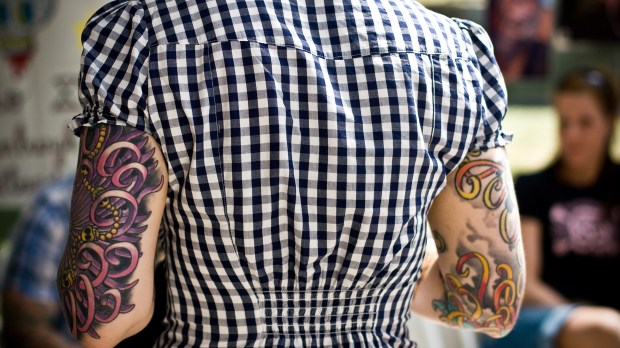Did canonized saints ever commit sin? Were they born with a halo? Were they perfect in every way possible? In the eyes of many Christians saints can appear too “heavenly” or “perfect” to be imitated. Often when reading a biography of a saint the reader can be left with the false impression that if you want to be a saint, you have to be born sinless like the Blessed Virgin Mary.
There is even one legend of a saint who refused to be breast-fed as an infant in order to observe a weekly fast on Friday!
Is that true? Were all saints born without sin and lived a perfect life united to God’s will?
Thankfully, no. Almost all of the holy men and women that we hold up for veneration in the Catholic Church were sinners like you and me (with the exception of the Blessed Mother and possibly Saint John the Baptist).
So if they were sinners, why were they canonized?
To answer that question let’s look at the various rules that govern who is given the title of “saint” in the Roman Catholic Church (these do not apply to the Eastern Orthodox Churches, who have their own procedures).
First of all, “It is the right of diocesan Bishops…and others who have the same powers…within the limits of their own jurisdiction, either ex officio or upon the request of individual members of the faithful or of legitimate groups and their representatives, to inquire about the life, virtues or martyrdom and reputation of sanctity or martyrdom…of the Servant of God…whose canonization is sought.”
Basically, it is the responsibility of the local bishop (or religious superior) to investigate the life of an individual. It is quite the process and is never taken lightly.
The first order of business is to look into the person’s writings.
“If the Servant of God has published any writings, the Bishop is to see to it that they are examined by theological censors.
“If the writings have been found to contain nothing contrary to faith and good morals, then the Bishop should order persons qualified for this task to collect other unpublished writings (letters, diaries, etc.) as well as all documents, which in any way pertain to the cause. After they have faithfully completed their task, they are to write a report on their investigations.”
After the writings are examined and it is verified that the person did not write anything contrary to faith and morals, the next step, if possible, is to interview those who knew the Servant of God.
“If, indeed, it is urgent that witnesses be examined lest any proofs be lost, they are to be examined.”
A biography is assembled during this process, and those involved take note of the practice of virtue in the life of the individual. Note: they don’t look for the absence of sin, but the successful mastery of virtue.
Saint John Paul II explains, “In all times, God chooses from these many who, following more closely the example of Christ, give outstanding testimony to the Kingdom of heaven by shedding their blood or by the heroic practice of virtues.”
This refers to the practice of the virtues of faith, hope and charity as well as the virtues of prudence, justice, fortitude, and temperance, to name a few.
Is it easy to lead a life of virtue? No. The Catechism explains how “The moral virtues are acquired by human effort…[they are] acquired by education, by deliberate acts and by a perseverance ever-renewed in repeated efforts are purified and elevated by divine grace” (CCC 1804,1810).
The key word in this discussion of virtue is “heroic” and refers to the saint’s ability to overcome sinful tendencies and temptations. They weren’t immune to sin and many of them had to struggle for years to conquer their sinful passions.
Saints weren’t perfect. They made mistakes just like everybody else. What sets them apart with the title “saint” is how they did not stay down when they fell. By God’s grace, these holy men and women stood up, brushed off the dirt and kept moving forward. That is why we imitate them.
As the saying goes, “It’s not how many times you fall that matters, it’s how many times you get back up.”

